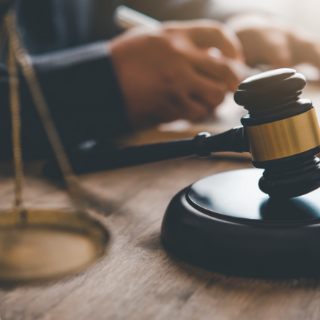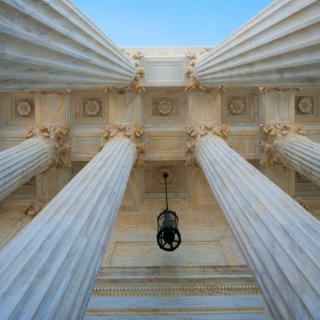BLOG
Do not chase the other driver following a hit-and-run
Free Consultation
Book An Appointment
Instead, the other driver just slows down for a moment and then rush back out into traffic. You watch as the car switches lanes and disappears down the road. Your first instinct is to give chase, but should you?
You put yourself in more danger by giving chase
Your instincts tell you to chase the other driver for several reasons. For one thing, maybe you want to confirm that the license plate number you saw is right so that you can tell the police. Beyond that, though, it just feels unfair and wrong. You want to bring that person to justice for damaging your car, injuring someone and then trying to flee.
How you feel is understandable, but you should not pursue the other car. Instead, call the police and give them all of the information you have. Even with a partial plate number, the police can use other identifying info — like the make, model and color of the car, along with the damage from the crash — and eventually track that driver down. Let them do it so that you don’t engage in a reckless chase that could break traffic laws and put others in danger.
Your options after a hit-and-run accident
Once the police find the driver, you may be able to seek compensation for all manner of accident-related costs, such as the medical bills for your injured family member or the damage to your car. If the other driver isn’t located, you may still be able to recover your losses through your own motor vehicle insurance, depending on the coverage you have.
LET US DO ALL THE HEAVY LIFTING
Call Today to Schedule a Free Consultation
Schedule a free initial consultation with an experienced lawyer from Phillips, Hayden & Labbee, LLP. The sooner you get us involved, the more we can do to help you.






